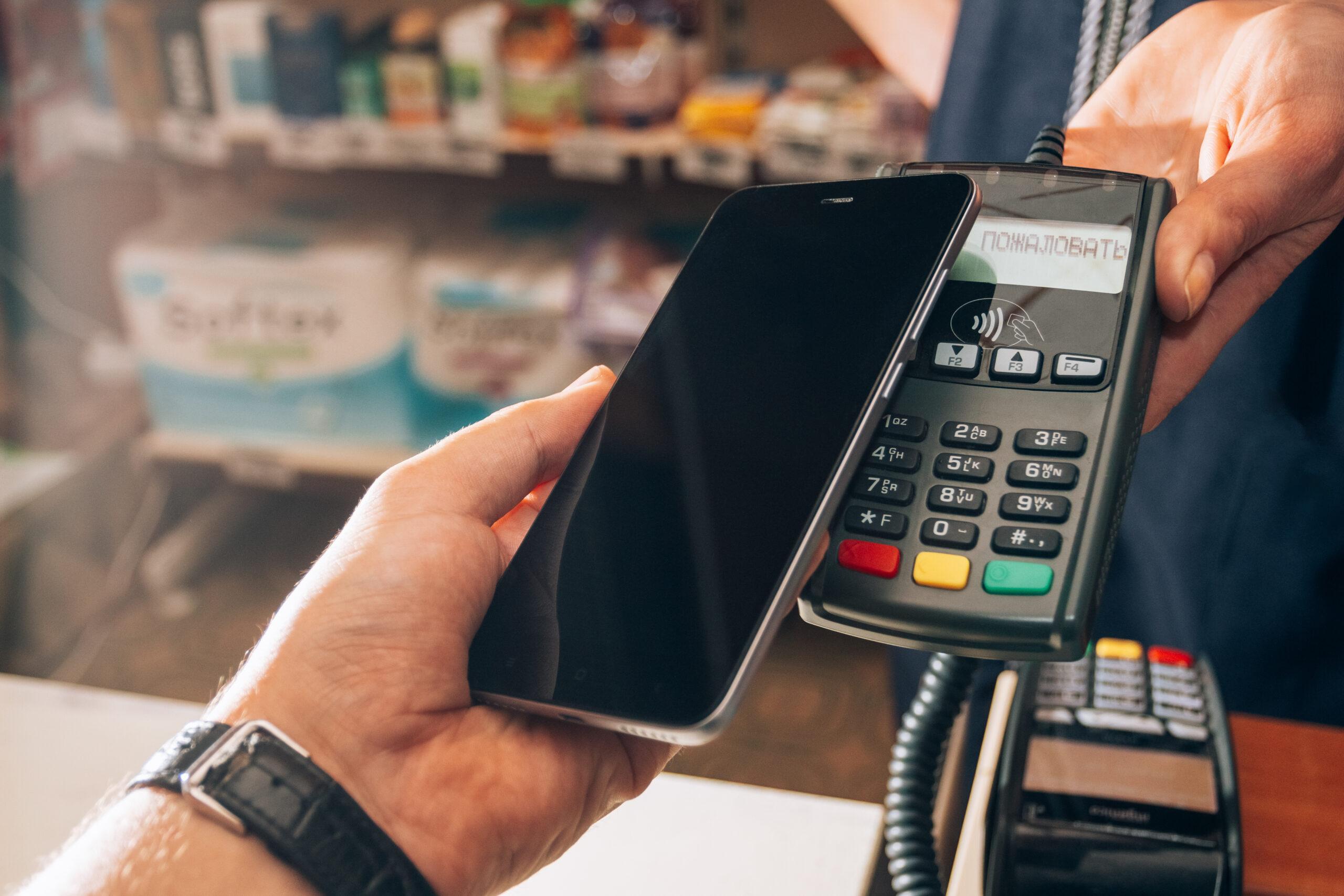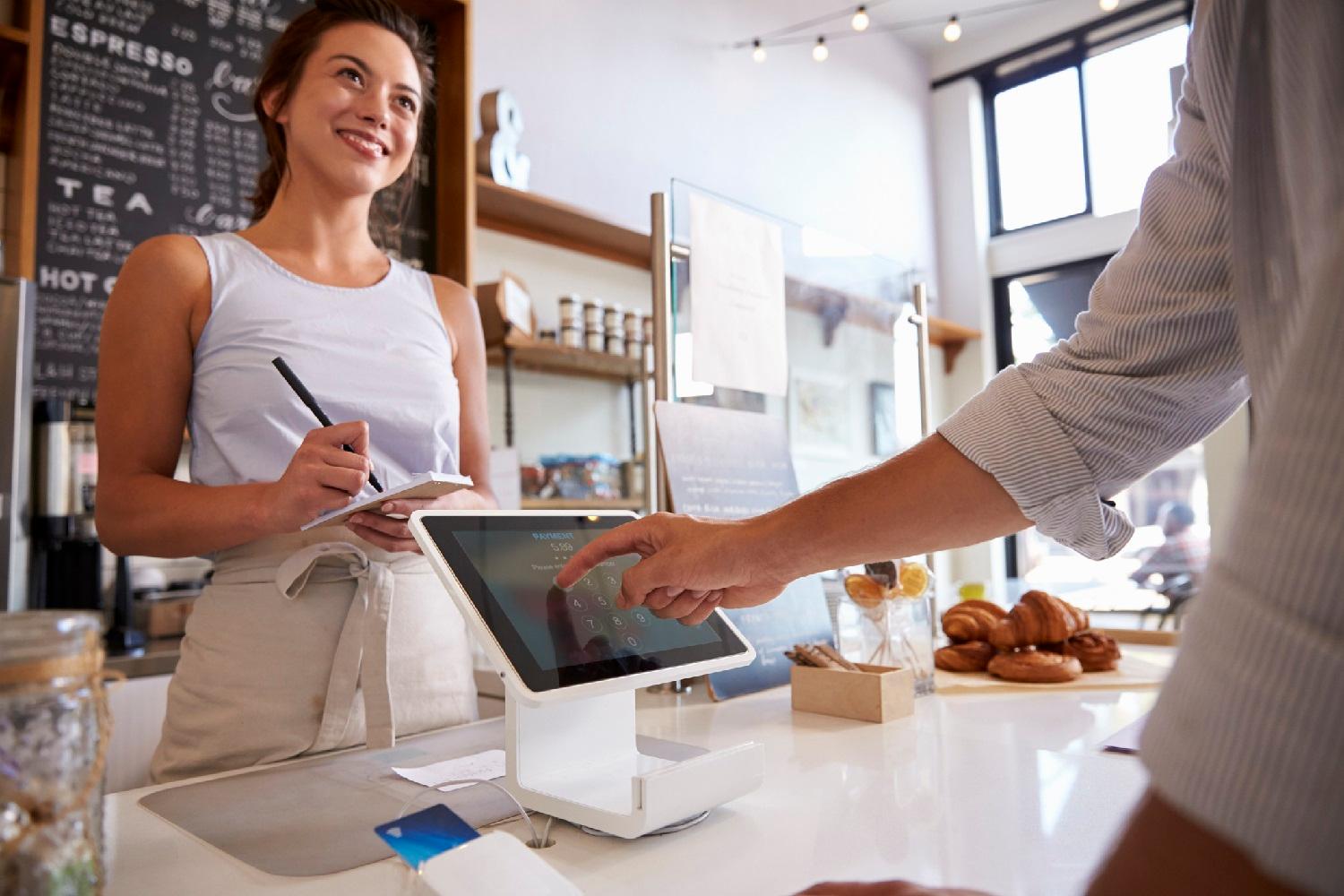MENU
Starting a Business
- Best Small Business Loans
- Best Business Internet Service
- Best Online Payroll Service
- Best Business Phone Systems
Our Top Picks
- OnPay Payroll Review
- ADP Payroll Review
- Ooma Office Review
- RingCentral Review
Our In-Depth Reviews
Finance
- Best Accounting Software
- Best Merchant Services Providers
- Best Credit Card Processors
- Best Mobile Credit Card Processors
Our Top Picks
- Clover Review
- Merchant One Review
- QuickBooks Online Review
- Xero Accounting Review
Our In-Depth Reviews
- Accounting
- Finances
- Financial Solutions
- Funding
Explore More
Human Resources
- Best Human Resources Outsourcing Services
- Best Time and Attendance Software
- Best PEO Services
- Best Business Employee Retirement Plans
Our Top Picks
- Bambee Review
- Rippling HR Software Review
- TriNet Review
- Gusto Payroll Review
Our In-Depth Reviews
- Employees
- HR Solutions
- Hiring
- Managing
Explore More
Marketing and Sales
- Best Text Message Marketing Services
- Best CRM Software
- Best Email Marketing Services
- Best Website Builders
Our Top Picks
- Textedly Review
- Salesforce Review
- EZ Texting Review
- Textline Review
Our In-Depth Reviews
Technology
- Best GPS Fleet Management Software
- Best POS Systems
- Best Employee Monitoring Software
- Best Document Management Software
Our Top Picks
- Verizon Connect Fleet GPS Review
- Zoom Review
- Samsara Review
- Zoho CRM Review
Our In-Depth Reviews
Business Basics
- 4 Simple Steps to Valuing Your Small Business
- How to Write a Business Growth Plan
- 12 Business Skills You Need to Master
- How to Start a One-Person Business
Our Top Picks
How Virtual Reality Is Impacting the Ad Industry

Table of Contents
Virtual and augmented reality are changing the world. Through full immersion, users can live out stories they’ve only ever dreamed of, be transported to an exotic place without leaving their house, and interact with products as if they were viewing them in real life. Virtual reality advertisements are a form of marketing that combine the use of immersion and technology to create a seamless, real-world experience of the products or services that a company has to offer.
Approximately 60.8 million users in the United States alone have access to virtual reality devices, reported eMarketer, and the VR market is steadily increasing. Learn how advertisers can open a new avenue of their brand with the world of virtual reality. [Read how technology is changing online advertising.]
How VR is impacting the ad industry
Try-before-you-buy
With the advent of virtual reality, window shopping is a thing of the past. Customers no longer have to imagine what their dream couch would look like in the living room, how the latest makeup would appear on their face or even how their favorite shoes would appear from their perspective.
Companies like IKEA, L’Oreal and Gucci have implemented virtual reality try-before-you-buy campaigns in which customers can use their phones to place the company’s products in their room to see what it looks like before they even take a trip to the store. L’Oreal has a virtual makeover app called Makeup Genius, which allows customers to pick and choose a variety of hair colors and makeup styles from their phone’s cameras. Gucci’s app briefly had a filter for the camera through which customers could see what the new line of Ace shoes looked like on their feet. This feature later became a universal Snapchat filter, giving better access to more users.
Besides try-before-you-buy, VR has also been used to train employees, which can produce a higher retention rate than traditional methods.
Branded AR filters
Custom AR filters are becoming more popular with social media users. Platforms such as Snapchat and Instagram have enabled AR filters that any user can make. Companies have also created custom filters to advertise their brand through augmented reality. For example, Coca-Cola Poland created a filter that displays a virtual version of their polar bear mascot in the room. Brands use AR filters in an attempt to get consumers to use the filter and spread its use around to friends of friends across the platforms. Companies such as Prada have used other VR advertising tactics; in 2020 the fashion brand employed the technology to create a random acronym out of their company name in a campaign across social media. AR filters create awareness with minimal effort across mediums just by the creation of a simple filter for users to have fun and interact with.
Virtual rooms
VR allows companies to connect with customers on an experiential level. Examples include 360-view virtual reality videos, immersion-style test drives and brand-related product experiences.
VR advertising has an inherent advantage over traditional advertising: It places users in a distraction-free environment, and companies are incentivized to create high-quality content to engage the viewer for as much time as possible. A virtual room differs from other forms of VR advertising – say, a 360-degree immersive video experience – in that the user is interacting with the content the entire time they’re inside the room.
Storytelling and the VR approach
At the heart of advertising in virtual reality is a new form of storytelling that drives fascination from users as well as from advertisers. More traditional forms of media support linear storytelling – there’s a clear-cut beginning, middle and end of the overall advertisement. With VR, a user has autonomy within the story and can look and go anywhere.
Immersive storytelling is also present in how VR technology is developing. This kind of changing technology has resulted in different companies offering education to brands on how to use VR and responsive storytelling to better a company’s overall brand.
The future of VR and advertising
Driving more empathy by cultivating in-person experiences
VR advertising can recreate in-person experiences to drive empathy so that future advertisements have deeper impacts. These marketing techniques are more efficient at captivating an audience’s emotions, since they go beyond a person sitting at home on a couch and watching an ad on television. The more positive emotions that are captured in the personalized VR advertisement, the better the ad engages the audience watching the advertisement and makes an impact on the consumer. This enables companies to get more free advertising by having their VR ad shared across multiple mediums on the internet.
Virtual engagements rather than in-person events
With the COVID-19 pandemic preventing many in-person events from proceeding over the past few years, virtual engagements are a great alternative. Not only do virtual online meetings address safety concerns, but they also reduce shipping and travel costs. Consumers might view these decisions as forward-thinking and tech-savvy. VR engagements also create great networking opportunities and allowusers to create tools to customize their avatars and even host virtual exhibits. By engaging virtually, a company can reach a larger audience. If customers cannot commute to a certain venue for a big company event, the situation may pose a problem for the customer; however, if everyone has access to an event virtually, more people will be present for the virtual engagement.
Interactions Consumer Experience Marketing found that 61% of consumers prefer online shops that offer AR experiences, and 40% would spend more on products that can be customized in AR.
Ad monetization
VR advertising has skyrocketed in popularity and engagement in the past few years. VR advertisements have higher quality impressions, brand recall and other ad display metrics than traditional advertising methods. One of the key factors of advertisements in the virtual world is immersion, which can create high engagement with many ad types and offers an opportunity for companies looking to expand their marketing horizons. Possible avenues of revenue for advertisements may include in-app purchases in the near future, as the level of engagement for virtual advertisements further increases. VR has followed the path behind video, social media and mobile applications, and games, with similar patterns of ad acceptance as the platform matures.
VR and AR are still developing
Virtual and augmented reality are still new forms of technology. Early adopters say that this tech will change the way we consume media. If it does end up developing and becoming a major entertainment medium in America, advertising and marketing will likely follow. If marketers can self-monitor, a user’s experience won’t be ruined by advertisements. Instead, built-in ads and immersive virtual room-type experiences will allow consumers to interact with products while they’re enjoying content.
“The interest [in VR] is very deep,” Julie Shumaker, senior vice president of revenue, create at Unity Technologies, said, “and the good news for any of us in the ecosystem is, unlike many ads that tend to be almost completely driven by the agency world, this seems to be a consumer experience driven by the brands themselves.”
Additional reporting by Matt D’Angelo.











